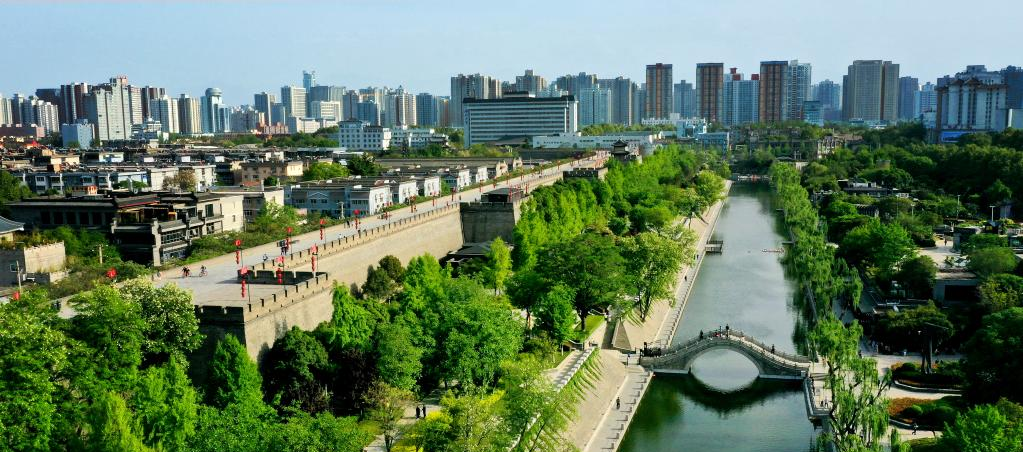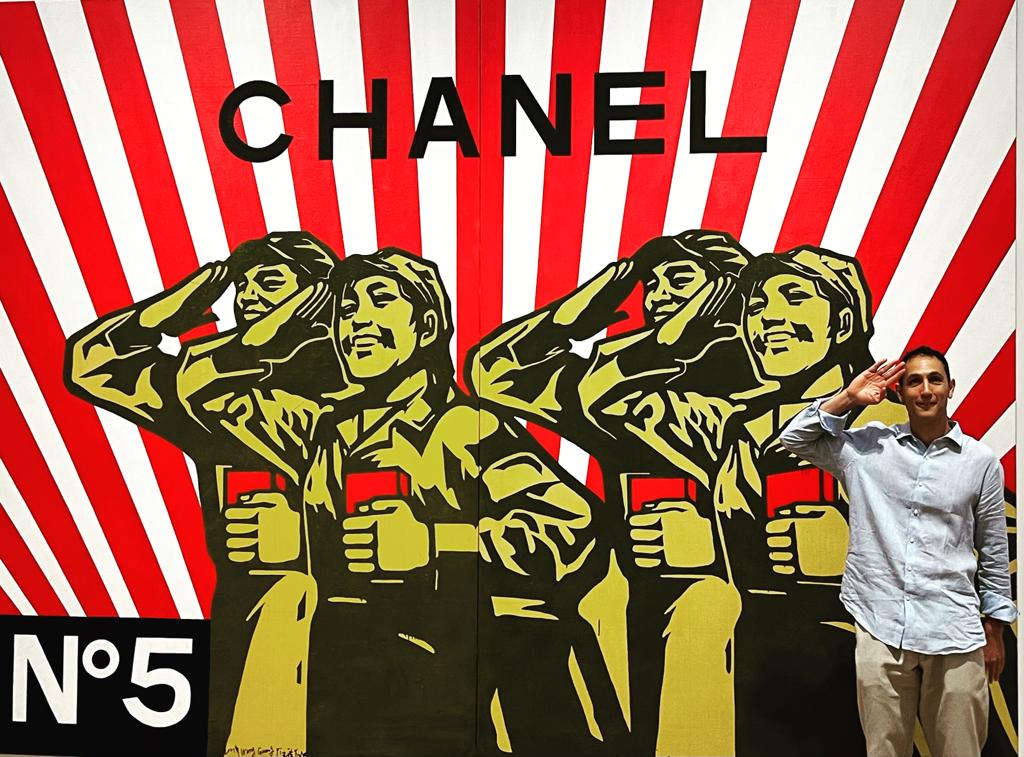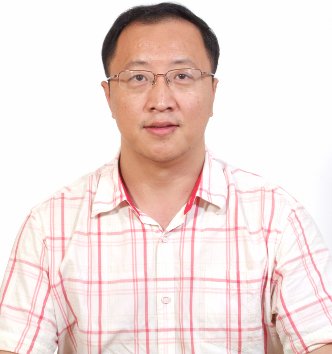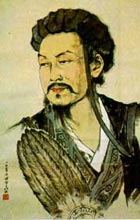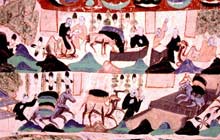In May 2023, during my first visit to China after the pandemic, I was astonished by the development of Xi’an. “How Has Covid Changed China” chronicles the transformation of this previously unkempt city into a more modern metropolis of gleaming towers and high-tech zones interconnected by elevated expressways, metro lines and buses set on a canopy of lake-centred parks and green spaces. It was like time-traveling from 1980 to 2025 in the space of four years. » Read more »
» Read more »24 years ago I co-founded Imperial Tours, an inbound luxury tour operator in Beijing where I lived for 20 years. As a result of Covid, I was trapped outside China from November 2019 until three weeks ago when I returned for the first time. This article describes my experience of how China has changed during Covid.
The Status Of Westerners In China
I first moved to Beijing in 1997 to study Chinese at Beijing Language and Culture University. » Read more »
» Read more »Guy – Why was Beijing Tourism Administration (BTA) changed into Beijing Municipal Commission of Tourism Development (BTD)?
Vice-Director Gao – Thanks Guy for inviting me to do this interview. It is my pleasure to introduce Beijing to the travel community. To answer your question – in the Beijing government structure a “Commission” ranks higher than an “Administration” and a “ Commission” has yet more coordination power and a bigger budget than an “Administration ”. » Read more »
» Read more »"The empire, long divided, must unite; long united, must divide." So begins the historical fiction "The Three Kingdoms" with a line as recited by the Chinese Diaspora as "To be or not to be" in the West.
These days many Western business schools introduce Eastern strategic thinking through Sun Tzu's treatise, "The Art of War". One imagines that there is no better primer for mediaeval battle. However, for an introduction to the Chinese conception of diplomacy, » Read more »
» Read more »
These are the bare facts: the Mogao cave complex is comprised of 492 caves, containing 450,000 square feet of murals dating from the fourth to the fourteenth centuries – a period which corresponds to an immense growth in international commerce along the nearby Silk Road. The caves were abandoned in the fourteenth century and lay untouched until the beginning of the twentieth century.
These facts presume ten centuries of consecutive public works programs of astonishing financial proportions and startling logistical complications. » Read more »
» Read more »